My last post talked about lifelong learning and how the commitment to pursuing intellectual development beyond the ‘traditional’ bricks and mortar classroom has real and lasting benefits on your personal and professional development.
But there’s a challenge here: Life! We’re busy! Between work, family, and other obligations, it can be hard to find the time if we consider physical classrooms as our only option for learning.
The solution just might be eLearning. As a tool, eLearning can help to facilitate and encourage lifelong learning in our busy lives.
How do we define eLearning?
Is it…
- An academic course offered online?
- A video on how to change the oil in your car?
- The blog you’re reading right now?
The short answer is: Yes! In the broadest sense, eLearning is the use of technology to assist in acquiring knowledge. This can take many forms, occur on many platforms, and serve many industries. For the purposes of this series, we’re going to focus on eLearning as the delivery of training or educational content using any electronic device (e.g. computers, tablets, smart phones).
There’s no one way to (e)Learn
When you think of eLearning, you might picture a slide-based presentation with text and images on the screen, simple navigational tools, maybe a quiz at the end. While that is one form of eLearning (and can be a very effective way to share and distribute knowledge), it’s not the only one.
eLearning can be divided into two main categories: asynchronous (not occurring at the same time) or synchronous (occurring at the same time). Asynchronous learning allows learners to complete their work at their own pace and while instructors may be part of the delivery, the instructors may well be interacting at a different time and/or providing material (such as lectures, assignments, or presentations) that can be accessed at any time. Synchronous eLearning requires learners and instructors/trainers to be online at the same time. Like going to a physical classroom or attending a meeting, in order to participate, learners and instructors must be available at a specified time.
Here are some examples of eLearning you might have encountered:
Asynchronous eLearning
- Self-paced online courses
- Discussion forums/message boards
- eBooks or online documentation (PDFs)
- Social networking
Synchronous eLearning
- Webinars
- Chat
- Audio/Video conferencing
- Scheduled exams
Distribution
Some eLearning is informal, meaning it is usually learner driven and the material isn’t tracked or scored in any way. A good example of informal eLearning is YouTube. Think of a task you either don’t know how to do, or need help doing better. There’s a good chance there’s already a video on YouTube on how to do it.
Formal distribution is usually curriculum driven and learner results are recorded. Most organizations track learner progress using a Learning Management System (LMS). Courses and curriculum are mapped in a thoughtful and structured way. As an instructional designer, I have been on both sides of formal eLearning distribution, as both a creator and a learner.
eLearning at CHA Learning
At CHA Learning, we are committed to helping you achieve your professional and personal goals when it comes to learning and development. We are pleased to offer both asynchronous and synchronous eLearning. Many of our students are enrolled in our programs while working full time. Asynchronous eLearning gives our students the freedom to fit learning into their schedule, not the other way around. It’s why our team holds the belief that “We will meet you where you live and work.”
Synchronous eLearning allows for real-time engagement and immediate feedback in a way asynchronous learning does not. Our webinars provide timely access to topics that are current, relevant and matter to those in healthcare. The webinars are presented by experts in their fields and are intended to give learners the opportunity to engage directly with them and share in their “lived experience.”
What comes next?
Now that we’re familiar with what eLearning, it makes sense that next month’s topic is “The Benefits of eLearning” and how it can help you meet your personal and professional goals.
Tell us…
How have you engaged in eLearning? Send us an email, connect with us on Facebook, or tell us about it on Twitter @CHA_Learning. You might see your idea in a future post!
Sources
E., & Holland, J. (2017, August 15). Synchronous vs. Asynchronous Classes. Retrieved October 19, 2017, from https://www.elearners.com/education-resources/degrees-and-programs/synchronous-vs-asynchronous-classes/
Freifeld, L. (2014, December 22). Training for the New Year: Formal vs. Informal Learning. Retrieved October 19, 2017, from https://trainingmag.com/training-new-year-formal-vs-informal-learning
What is E-Learning? (n.d.). Retrieved October 19, 2017, from
https://community.articulate.com/series/getting-started/articles/what-is-e-learning





